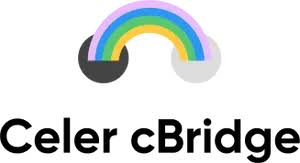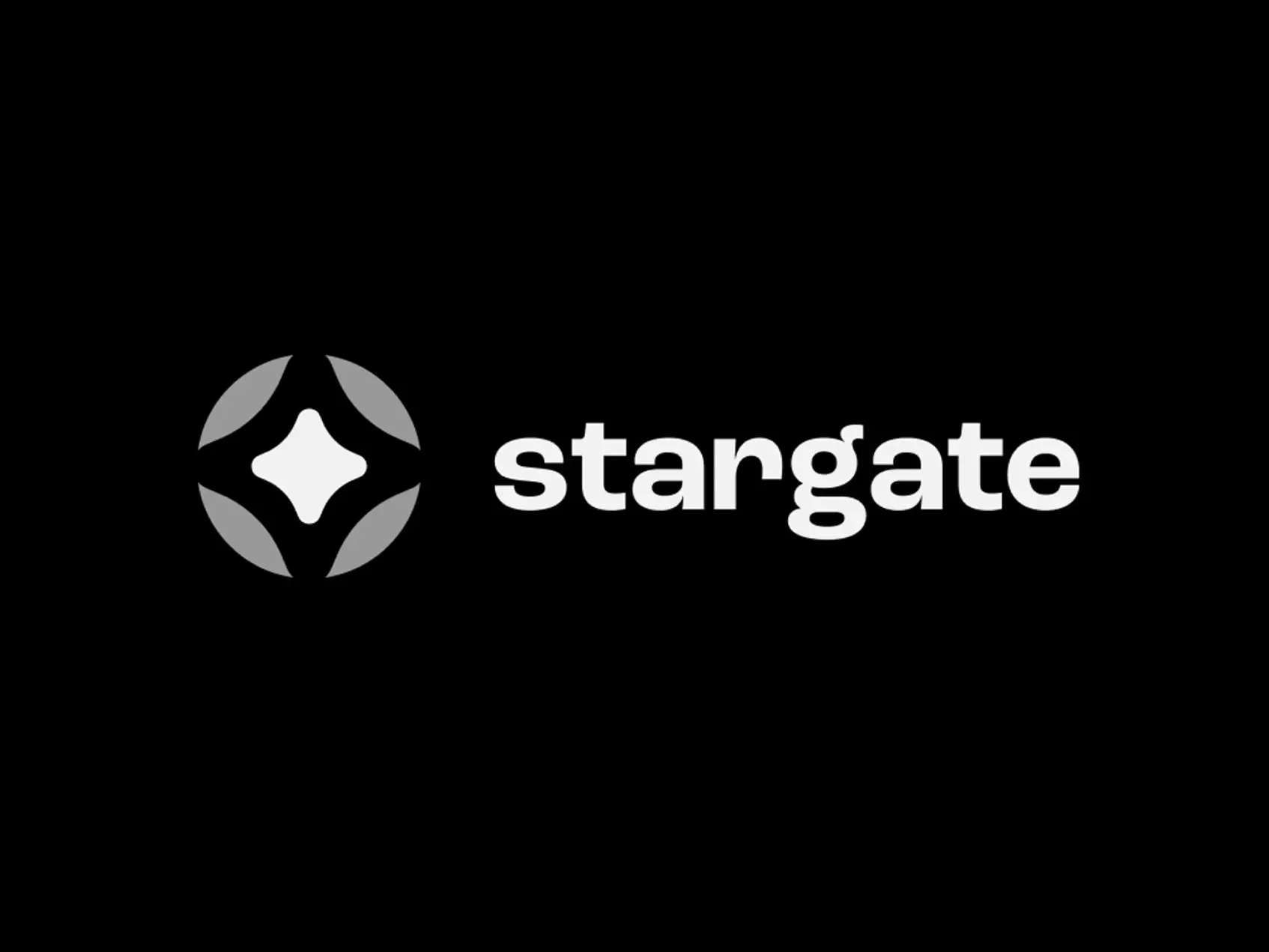
Hop
Hop Protocol enables fast, secure, and low-cost token transfers across Ethereum Layer 2 networks.
Overview
Hop Protocol is a Layer 2 scaling bridge designed to facilitate fast, secure, and cost-efficient token transfers across Ethereum Layer 2 networks. It addresses the challenge of moving assets between different Layer 2 solutions and Ethereum mainnet without the long delays and high fees typically associated with cross-chain transfers. By leveraging a network of liquidity pools and a novel bridging mechanism, Hop enables users and developers to transfer tokens quickly while maintaining security guarantees.
The protocol primarily targets DeFi developers, infrastructure teams, and cross-chain bridge developers who require seamless interoperability between Layer 2 chains such as Optimism, Arbitrum, and others. Hop's architecture uses liquidity providers who stake tokens on multiple chains, allowing instant transfers by redeeming liquidity on the destination chain rather than waiting for on-chain confirmations. This design significantly reduces transfer times and fees compared to traditional bridging methods.
Hop Protocol is open source with developer documentation available, though its v2 protocol is still in development and currently on testnet. Users can get started by connecting their wallets to the Hop interface and selecting tokens and destination chains for bridging. The protocol also supports liquidity mining and governance through its DAO, enabling community participation in protocol decisions and rewards. Comprehensive docs cover bridging mechanics, fees, liquidity provision, and governance, making it accessible for developers to integrate or contribute.
The Problem
Transferring tokens across Ethereum Layer 2 networks is often slow, costly, and complex due to the need for multiple on-chain confirmations and bridging mechanisms. This creates friction for users and developers who want seamless interoperability between Layer 2 solutions.
The Solution
Key Features
Cross-Layer 2 Token Transfers
Supports bridging tokens across multiple Ethereum Layer 2 networks and Ethereum mainnet.
Liquidity Mining and Rewards
Hop Alternatives
Explore web3 competitors and apps like Hop.

Superbridge
Pricing
Standard | |
|---|---|
| Price (Monthly) | Free |
| Price (Annual) | Free |
| Messaging | N/A |
| Support | Community support via documentation and GitHub |
| Analytics |
Start Building Now
Reliable RPC, powerful APIs, and zero hassle.
Resources
Hop Protocol offers extensive documentation covering user guides, developer docs, governance, and liquidity provision to help developers and users understand and integrate the protocol.














